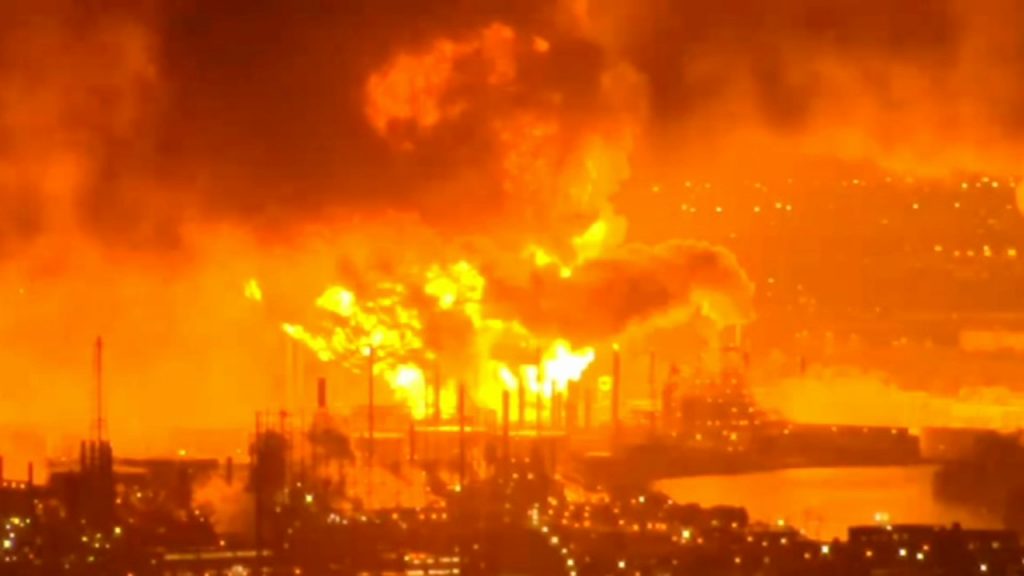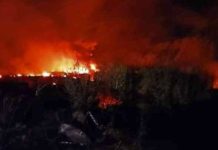A massive refinery explosion in Philadelphia was so hot and expansive that it was visible on weather satellites.
The hot blob seen by the satellite was the fireball launched from the explosive disaster.

A forecaster at the National Weather Service (NWS) Key West office noticed the signature of the explosion on infrared imagery from a weather satellite.
Infrared imagery captures heat, so the small burst of red and black in the satellite’s view represents the heat of the explosion.
This morning, one of our forecasters noticed that the refinery explosion in #Philadelphia was captured on satellite. The heat signature is so large and hot it could be detected using infrared imagery. pic.twitter.com/2zTcSM8n5U
— NWS Key West (@NWSKeyWest) June 21, 2019
The explosion
The huge explosion sent a towering fireball through the Philadelphia Energy Solutions refinery at 4:22 a.m. local time Friday, June 21, 2019.
The plant processes 335,000 barrels (14 million gallons) of crude oil per day and is the East Coast’s largest oil-refining complex. The fireball was preceded by a large blaze that caused at least three explosions as it burned through the plant. Company officials said they suspected that propane fueled the fire.
Another satellite view
NWS meteorologist William Churchill of the Key West office also tweeted about the satellite view of the explosion from his personal account, noting that the data came from the Geostationary Operational Environmental Satellite (GOES) system.
— William Churchill (@kudrios) June 21, 2019
Satellite imagery often captures snapshots of explosive events. In March, NASA’s Terra satellite captured a view of a meteor that exploded with the power of 173 kilotons of TNT over the Bering Sea.
Yes, that Philly explosion was so powerful, it showed up on many satellite images around the world. Amazing!











